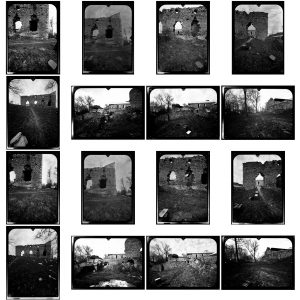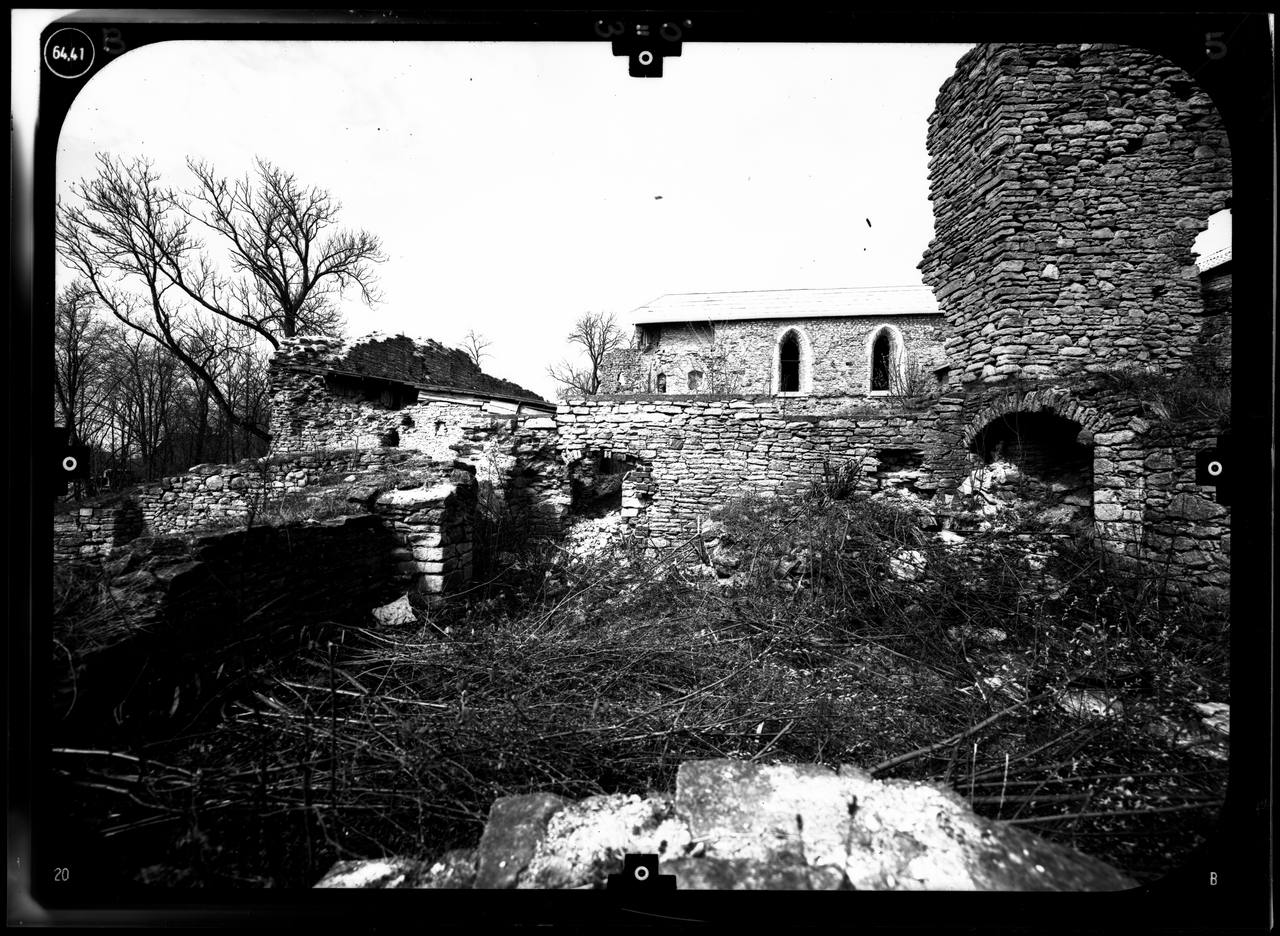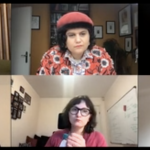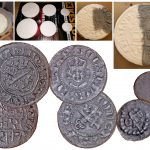Archaeovision koos Euro G.V. (Tšehhi Vabariik) alustas käesoleva aasta septembris pilootprojekti raames koostööd Muinsuskaitseameti arhiiviga, et digiteerida klaasplaatnegatiividel olevat fotogramm-meetrilist mõõdistusmaterjali ning saadud tulemusi töödelda kaasaegsete fotogramm-meetriliste lahendustega. Selle väärtusliku klaasplaatnegatiivide kogu sisu on tänasel päeval avalikkusele kättesaamatu. Käesoleva projekti eesmärk on hinnata osaliselt selle kogu seisukorda, digiteerida ja väärtustada saadud tulemusi koheselt, elik taaskasutada saadud tulemusi 3D mudelite tegemiseks.
Klaasplaatnegatiivid on väga õrnad, nende pikaajalise säilitamisega kaasnevad mitmed riskid, sh valguse, niiskuse, temperatuuri ning inimfaktori mõju. Klaasplaatnegatiivid annavad edasi pärandobjektide tolleaegset seisukorda ja pakub täiendavat ja olulist allikmaterjali tänapäevastele pärandi uurijatele, omanikele, arhitektidele, inseneridele, projekteerijatele, restauraatoritele ja ekspertiisibüroodele. Üheks esimeseks valminud mudeliks  on Padise klooster.
on Padise klooster.
Selle mudeli loomise alusmaterjal on Padise kloostri lõunaseina mõõdistused 1991 aastal. Mõõdistustööde käigus kasutas sellel ajal K. Pärtna töögrupp fotogramm-meetrilisteks mõõdistusteks Carl Zeiss (Jena) UMK 1318 kaamerat ja töövahendeid.
Algse mõõdistuse käigus kloostri lõuna seinast tehti kokku 16 fotot klaasplaatnegatiividele, millede alusel valmistati 1991. aastal plaan.
Peale klaasplaatnegatiivide digiteerimist ja andmete töötlemist oli võimalik taas luua teadaolevalt esimene täpne digitaalne 3D mudel, mis kajastab 26 aasta tagust situatsiooni Padisel. Ja uued mudelid on ka juba töös.





